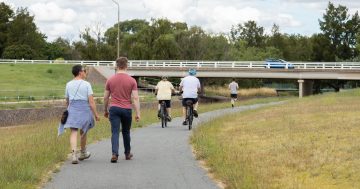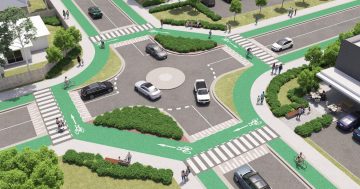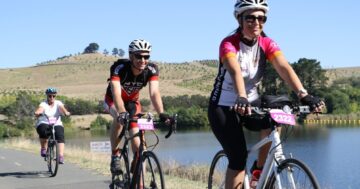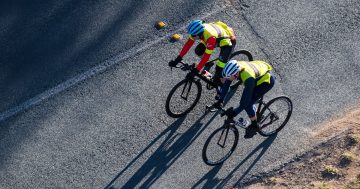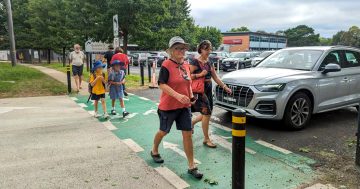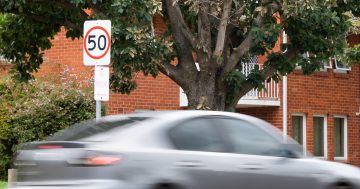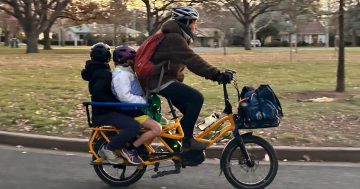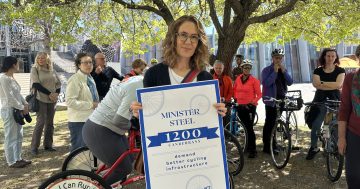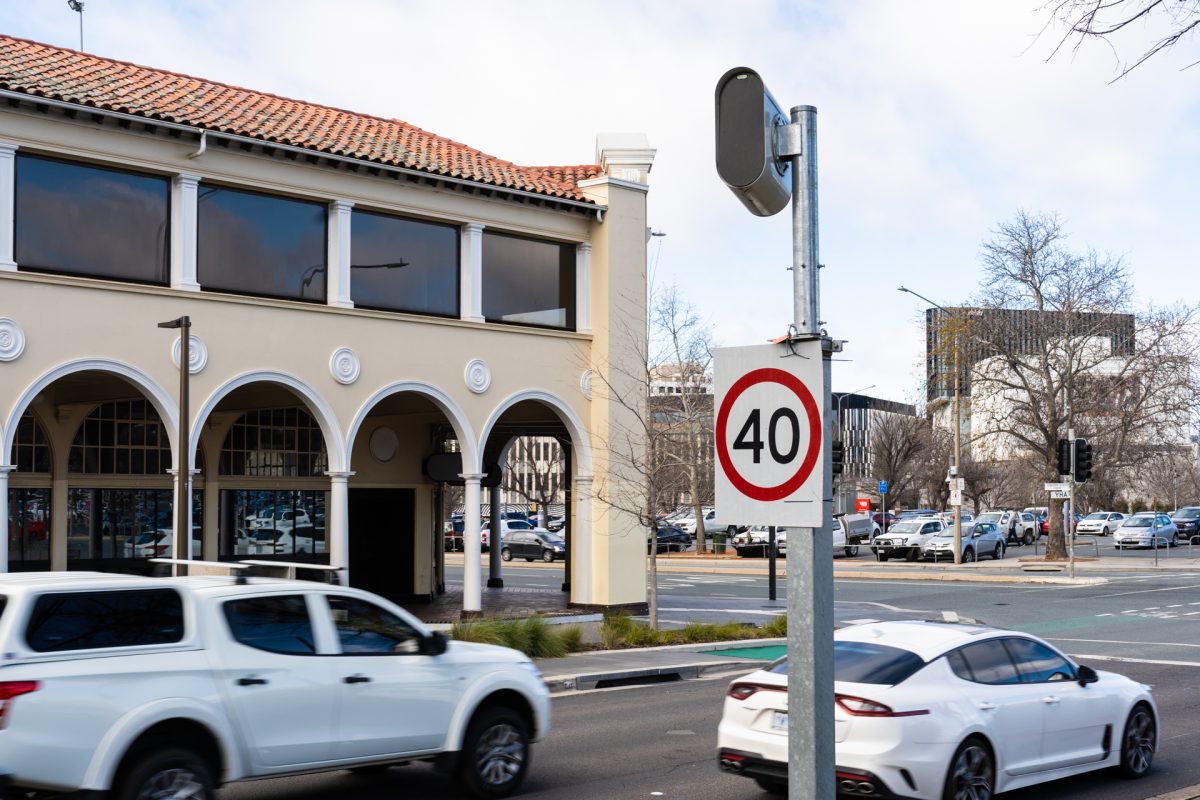
The controversial introduction of 40 km/h speed zones on Northbourne Avenue and parts of the city centre led to thousands of motorists being fined. Photo: Region Media.
The ACT Government will consult with the community on changing the speed limit from 50 km/h to 40 km/h in suburban local streets and trial partial street closures and chicanes in an attempt to encourage more active travel.
Minister for Transport and City Services Chris Steel released the government’s draft active travel plan on Thursday (14 July).
It contained a range of measures aimed at encouraging a greater take-up of travel options such as walking, cycling, e-scootering and skateboarding.
Lowering speed limits to 40 kilometres an hour, as has notoriously taken place on Northbourne Avenue and in other parts of the city centre, has been a bone of contention for many Canberrans who have been hit with – in some cases – multiple speeding fines.
Slower zones were also introduced in Tuggeranong and Braddon to make the roads friendlier for pedestrians and other road users.
The government said the introduction of the slower speed zones has already led to a reduction in crashes.
Currently, suburban local streets are 50 km/h unless signposted otherwise.
Community consultation on changing speed limits in the suburbs will take place next year as part of the government’s next Road Safety Action Plan.
The plan said the government is continuing to strengthen dangerous driving laws to protect vulnerable road users and is reviewing speed cameras to provide recommendations on further actions to improve road safety.
It acknowledged legislation alone would not be enough to promote safety and that regular community education campaigns would also be necessary.
The draft plan also proposed changing infrastructure requirements so Canberra’s streets are more vibrant and less car rides would need to be taken.
These changed requirements would ensure new suburbs had good active travel infrastructure so new residents could form good habits from the get-go.
As part of the changes, streets would be retrofitted to make it more appealing to walk and cycle though the built environment.
A best practice guide would also be developed for intersections to separate walkers, cyclists and drivers and to ensure the latter turn slowly.
It also plans to work with e-scooter operators to introduce concession pricing, explore a shared e-bike scheme and provide bike parking cages in every town centre.
Mr Steel said the first priority in the plan was building separate infrastructure for walking and cycling.
“We think that this is the fundamental barrier to getting more people active, walking and riding in Canberra,” he said.
“We’re also proposing to prioritise better walking and cycling connections, secure bike parking and a range of targeted programs to encourage people to use active travel and public transport more often.”
If the ACT is to achieve net zero emissions by 2045, it’s estimated an additional 40–45 per cent of car journeys would need to shift to active travel and public transport.
In 2017, about 20 per cent of all trips in the Territory were active travel.
Canberrans can have their say on the draft Active Travel Plan via the YourSay Conversations website.












